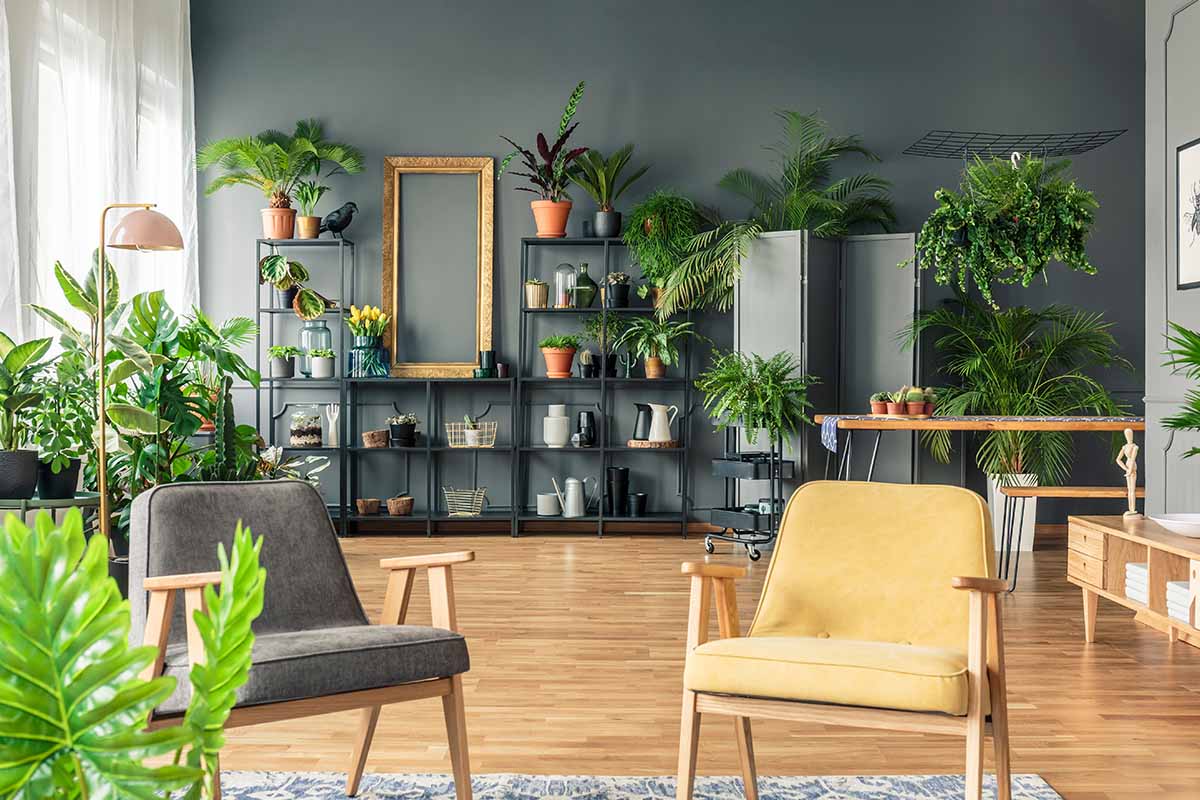Biophilic Design: Bringing Nature Indoors for a Healthier, Happier Home
In today’s fast-paced, urbanized world, reconnecting with nature has become more important than ever. Biophilic design, a concept that integrates natural elements into interior spaces, offers a way to bring the outdoors inside, improving well-being, productivity, and aesthetic appeal. Whether you live in a tiny apartment or a spacious house, incorporating biophilic design can transform your home into a serene, nature-inspired sanctuary.
What Is Biophilic Design?
Biophilic design is based on the idea that humans have an innate connection to nature (“biophilia” meaning “love of life or living systems”). This approach goes beyond simply adding a few plants—it incorporates natural materials, textures, colours, and even sensory experiences to create spaces that feel alive and harmonious.
Why Does It Matter?
Studies show that biophilic design can:
✅ Reduce stress and anxiety
✅ Improve air quality
✅ Boost creativity and focus
✅ Enhance mood and overall well-being
How to Incorporate Biophilic Design in Your Home
- Maximize Natural Light
Sunlight is one of the easiest and most effective ways to bring nature indoors.
- Use sheer curtains to allow sunlight to filter in.
- Position mirrors to reflect light and brighten dark corners.
- Skylights or large windows (if possible) create an open, airy feel.
- Add Indoor Plants (Lots of Them!)
Plants purify the air and add life to any space.
- Low-maintenance options Include Snake plants, pathos, and ZZ plants.
- Statement plants: Fiddle leaf figs, monstera, bird of paradise.
- Vertical gardens or hanging planters save space while adding greenery.
- Use Natural Materials
Incorporate wood, stone, bamboo, jute, and other organic textures.
- Wooden furniture or flooring brings warmth.
- Stone accents (marble countertops, pebble decor) add earthy elegance.
- Woven baskets, rattan chairs, or linen textiles enhance a natural vibe.
- Incorporate Water Features
The sound of flowing water is incredibly soothing.
- Tabletop fountains for a subtle, calming effect.
- Aquariums or indoor ponds (if space allows).
- Reflective surfaces (like glass or metallic decor) mimic water’s shimmer.
- Choose Nature-Inspired Colors
Earth tones and soft greens/blues evoke the outdoors.
- Earthy palette: Beige, terracotta, olive green, warm browns.
- Sky and ocean hues: Soft blues, seafoam greens.
- Avoid harsh, artificial colours; opt for muted, natural shades.
- Embrace Organic Shapes & Patterns
Nature is rarely rigid—curves, asymmetry, and fluid designs feel more natural.
- Furniture with rounded edges (instead of sharp angles).
- Leafy prints, floral motifs, or organic abstract art.
- Textured walls (like limewash or clay plaster) for a tactile experience.
- Connect Indoor & Outdoor Spaces
Blur the lines between inside and outside.
- Sliding glass doors that open to a balcony or garden.
- Indoor trees (like palms or olive trees) near windows.
- Natural ventilation (cross-breezes, ceiling fans) to keep the air fresh.
- Engage the Senses
Biophilic design isn’t just visual—it’s about creating a full sensory experience.
- Aromatherapy: Essential oil diffusers with scents like lavender or eucalyptus.
- Natural sounds: Open windows for birdsong or use nature sound machines.
- Textured fabrics: Wool rugs, linen bedding, or bamboo curtains.

